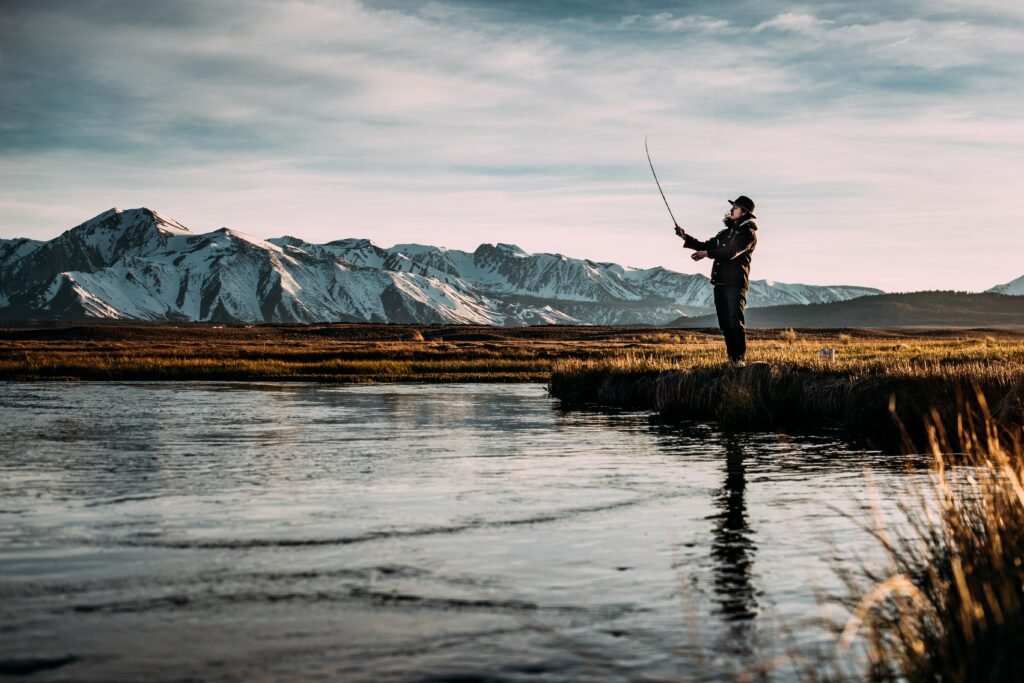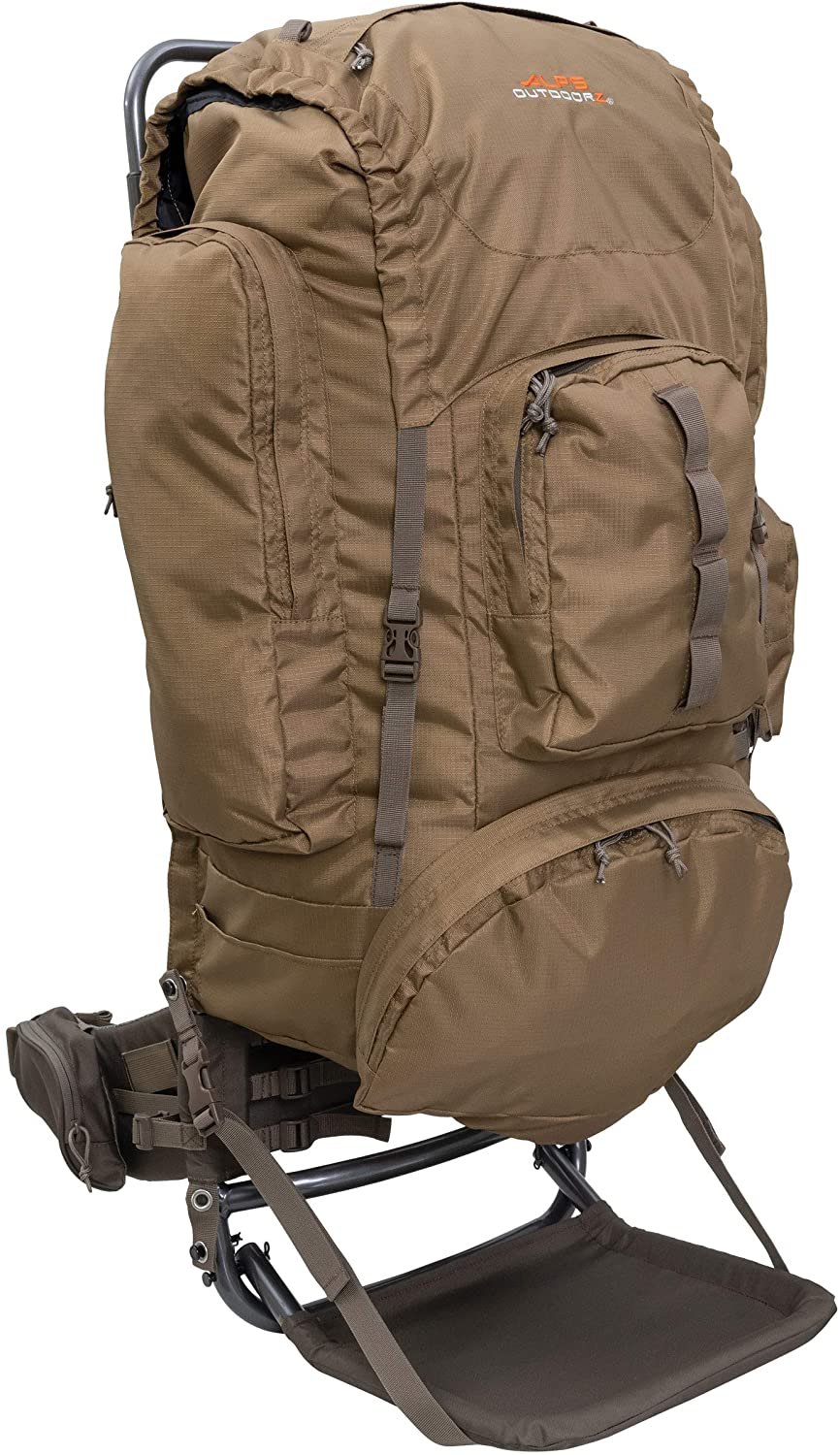Most of the world was brought to a standstill by the coronavirus pandemic last year. All those fishing trips that people planned and all the big bass and carp that anglers dreamt of catching didn’t happen because of the virus and the subsequent lockdown.
However, with lockdown restrictions slowly lifting worldwide, many people are planning their fishing trips again. An essential aspect of going on fishing trips again is brushing up on your skills.
One of these all-important fishing skills is knowing how to tie a fishing hook. This skill can make or break you on the water. Most anglers know the basic overhand knot, but knowing how to tie that is only the first step.
So, if you want to learn more about how to tie a fishing hook, don’t worry because we’ve got you covered.
So, let’s dive in!
Page Contents:
Different Ways To Tie A Fishing Hook
Many anglers never progress beyond basic fishing because they never learn the knots that will help them succeed. With just a little bit of effort, you can impress all your friends out on the water by having the sturdiest lines and the best catches among them all in all fishing situations.
This section will discuss some easy knots and instructions on how to tie your fishing hook and lure by using these strong, easy fishing knots. All you need to do is use the remaining days of the summer to practice them, and you’re all good!
Fisherman’s Knot
So, let’s start with the basics. This knot is one that every fisherman should know because you can use it in many versatile situations. So, how can you tie it? Let’s see.
- Pass 2-3 inches of the fishing line through the eye of your hook.
- After that, double back on the main line so that the tag end is parallel to it.
- Then pinch them together and spin the hook 5-6 times.
- Make sure the tag end loops around the main line.
- Then, pass the tag end through the loop created around the hook’s eye.
- After that, pass the tag end through the large loop created by the tag end passing through the loop around the hook’s eye.
- Cinch tightly.
This knot is also known as a half blood knot or an improved clinch knot. Most people use it to attach the hook to their line. If your line is stiff, this knot will help you secure the hook to it. The great thing about this knot is that you can also untie it quite easily, so if you want to change the hook or tie another knot, you can unravel it without a problem in all fishing situations.
Palomar Knot
This knot is also quite popular among anglers to tie their hook to their line. The great thing about this knot is that it’s also quite simple, so you don’t have to worry about spending all summer practising it. So, how do you tie this knot? Let’s see.
- Make a loop out of your fishing line.
- Pass this loop through the eye of the hook.
- Make an overhand knot by using both ends of the loop.
- Make sure to leave some slack in the overhand knot. The hook is now inside the loop created by this knot.
- Pass the hook through the loop created by the left tag end.
- Clinch tightly to make sure the knot is secure.
This knot is sometimes a little problematic for big lures, but it’s otherwise an excellent choice for all kinds of fishing adventures.
Rapala Knot
So, here’s another knot with a strange name that you can use to attach your hook to your line. So, how to tie a fishing line with this knot? Let’s find out.
- Make an overhand knot approximately 5-6 inches away from the tag end of your line.
- Pass the eye of the hook through the left tag end.
- Then pass the same tag end through the loop created by the overhand knot.
- Leave a little slack.
- Wrap the shorter end around the longer end of the line 2-3 times.
- Then, pass the tag end through the overhand knot.
- After that, pass the tag end through the loop created by passing the tag end through the overhand knot in the previous step.
- Cinch tightly.
- Trim the tag end to a suitable length.
Don’t worry because it sounds a lot more complicated than it really is. Different knots serve different functions. Most anglers who use fluorocarbon lines use this easy fishing knot to tie their fishing line. Since fluorocarbon is one of the commonest fishing lines these days, this knot will come in quite handy while fishing.
Non-slip Loop Knots
So, you ask yourself, how do you tie a fishing lure? Most of the time, the knot is the main part of the story. If you know which knot to use, you can tie anything to your fishing line, whether it is a hook or a lure.
However, this non-slip loop is specific to lures because anglers tie it so that the lure can slide back and forth within the loop. So, how do we tie this knot? Let’s find out.
- Tie an overhand knot around 10 inches away from the tag end.
- Pass the tag end through the eye of your lure or the hook.
- Now pass the tag end back through the overhand loop.
- Then, wrap the tag end around the mainline 5-6 times.
- Pass it back through the loop of the overhand knot.
- Moisten the line with saliva and clinch tightly.
This knot is one of the easiest ways to secure the lure to present perfectly in front of the fish. Always remember that an excellent presentation will almost always lead to plenty of bites in all kinds of fishing situations.
Hangman’s Knot
We’ve been trying to cover the simplest yet the most useful knots because they’re the ones that fishermen of all kinds love the most. The hangman’s knot is also known as the uni knot.
So, how do we tie the hangman’s knot? Let’s figure it out.
- Pass your line through the eye of your hook or lure and make it double back so that it forms a circle.
- Loop the tag end around the double lines approximately six times.
- Then, pull the line through the loop.
- Clinch the line tightly after you moisten it.
- Pull the mainline so that the knot is pulled to the eye of the hook or lure.
This versatile knot is usually very suitable for monofilament lines. However, you can customise it any way you want. While it may sound confusing when you read it, it’s one of the simplest knots that you can learn online.
So, these are the five basic yet very important knots that you need to know to be an expert angler. Since there will be a variety of lures and hooks that you’ll have to deal with, you should also be armed with a variety of knots to deal with them. In addition, don’t lose hope if you’re having trouble with these knots when you begin learning them. Nothing comes without practice.
Basic Supplies To Tie A Fishing Hook
It doesn’t matter how well-done your knots are if the products you use are of low quality or unsuitable to the kind of fishing you’re going to do. Most of the time, anglers cut costs on their supplies and end up unsuccessful on the water despite being good at fishing.
So, if you know how to tie a fishing hook properly, it’s time to look at some suitable supplies to get you going. So, what are the best products to use when tying a fishing lure or hook? Let’s find out.
Berkley Trilene Big Game Monofilament Fishing Line
If you’re using monofilament fishing lines, it doesn’t get better than the Berkley Trilene Big Game Monofilament Fishing Line. Monofilament lines are excellent for when you need a light line with lots of stretch. It’s one of the most widely used fishing lines worldwide because of its ease of use with lighter lures.
However, it easily loops and tangles around obstacles, so make sure to use it in clear waters.
Sufix 832 Advanced Superline Braid
If you’re moving away from monofilament lines and moving towards braided lines, try the Sufix 832 Advanced Superline Braid. It provides nearly perfect casting with excellent abrasion resistance. The best part? Anglers can feel even the slightest bit of movement on this highly sensitive line.
Where monofilament lines have too much stretch, braided lines have none at all. This lack of stretching, combined with its fine diameter, gives it an increased sensitivity that many anglers want when on the lookout for lurking fish.
Berkley Vanish Fluorocarbon Fishing Line
If you don’t like the extra stretch of the monofilament line or the lack of stretch in braided lines, the ideal middle ground is fluorocarbon lines. They have more stretch than braided lines but are less elastic than the monofilament lines.
Among fluorocarbon lines, the Berkley Vanish Fluorocarbon Fishing Line is the best one on the market. It has just the right amount of stretch and abrasion resistance, which makes it ideal for anglers who wish to have the best of everything.
Another reason behind the rising popularity of fluorocarbon lines is their invisibility. These transparent lines are invisible to the fish underwater because light passes through them. For that reason, they are ideal for fishing wary species like Carp, which scamper when they see anything even mildly suspicious.
Mustad UltraPoint Demon Wide Gap Perfect In-Line Circle 1 Extra Fine Wire Hook
If you’re looking for the best circle hook for your next fishing trip, look no further than the Mustad UltraPoint Demon Wide Gap Perfect In-Line Circle 1 Extra Fine Wire Hook. This hook was designed so that it’s virtually perfect for catch and release type of fishing.
Its design boasts that it prevents deep hooking and is ideal for catching fish species like Carp, Sailfish, Swordfish, and Bluegill. It’s also said to be 30% stronger than the standard wire that other hooks are made out of. That means you don’t have to worry about the hook breaking any time soon. They’re also said to be 20% sharper than the average hooks you usually use to catch fish.
Mustad UltraPoint KVD Elite Series Triple Grip Treble Hook
If you’re heading out on a bass fishing trip and want a new treble hook, try the Mustad UltraPoint KVD Elite Series Triple Grip Treble Hook. This hook is ultra-sharp, with reviewers exclaiming that they’ve never caught as many fish in an hour as they did with this hook.
Its advanced manufacturing technology ensures that the hook won’t break while fishing, nor will it lose its sharpness any time soon. The hooks are also relatively light and easy to cast.
You can use these treble hooks to cast swimbaits, crankbaits, and live baits. With this hook on your line, you’ll catch all the trout and catfish that you ever wanted to capture.
So, now we’re done with our suggestions for the best products to tie a fishing lure. With these products, you will improve your technique and have many great catches on your fishing trip.
The Bottom Line
Knots are the backbone of all fishing. You need knots to tie hooks, lures and to join different lines together. In a single fishing trip, you may need to tie a knot multiple times throughout the day even more in Ice fishing because the line may break or catch in something, or you may simply need to change the hook or lure.
So, what’s the bottom line? The bottom line is that you need to learn how to tie strong and easy fishing knots to truly succeed as an angler. You can look up easy ways to tie a fishing hook or lure and practise the techniques until you’re confident you can hold your own against the fish.
So, what are you waiting for? Start practising your knots already!



